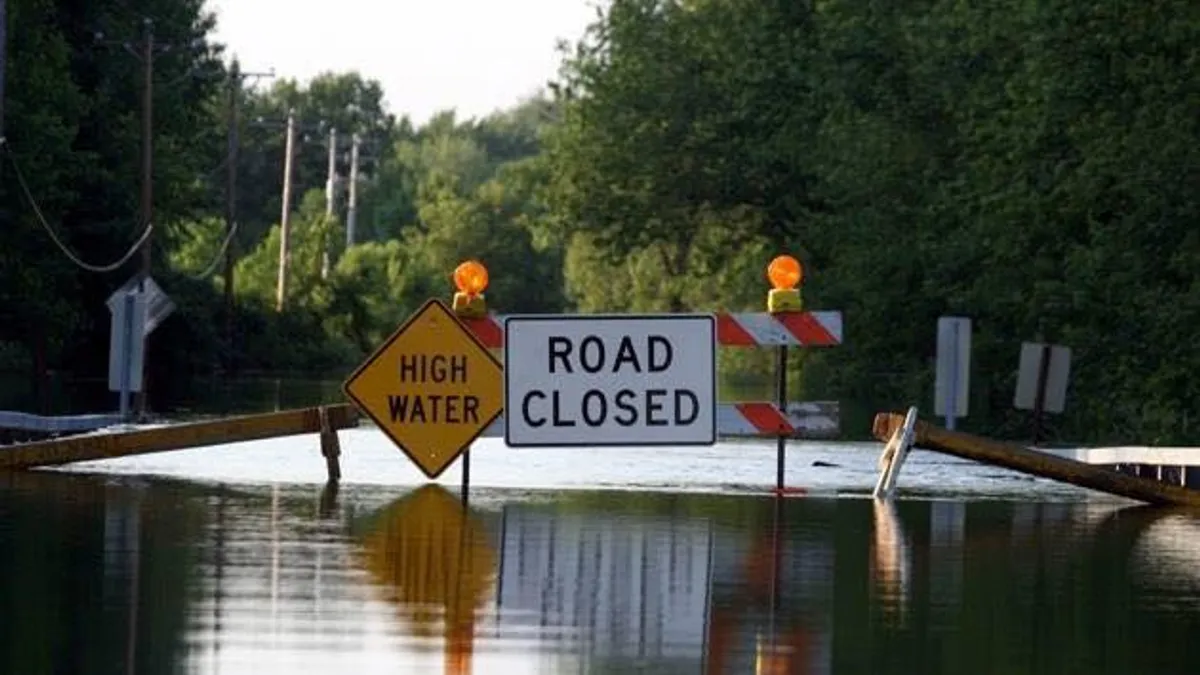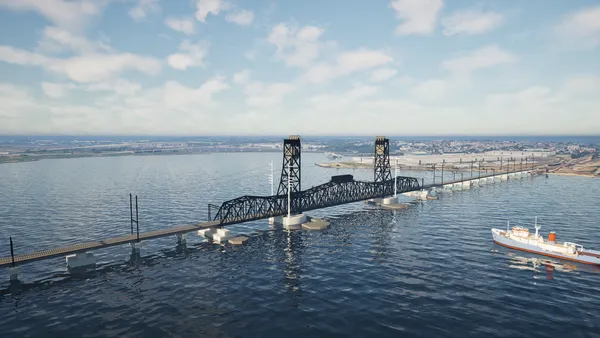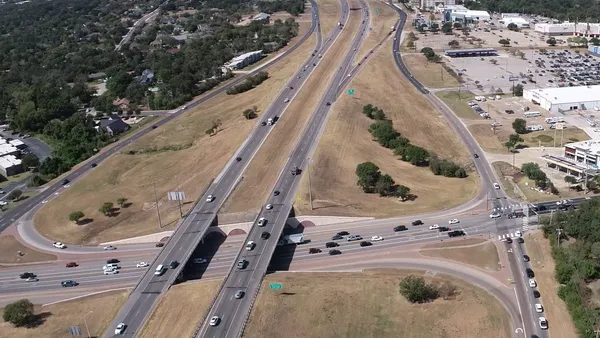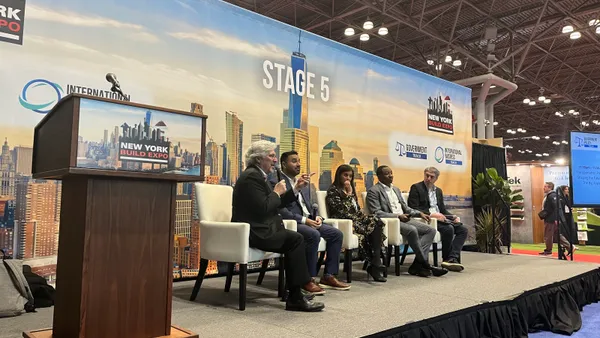Dive Brief:
- University of Iowa researchers have determined in a new study that the risk of floods in the U.S. is increasing in northern states while decreasing across southern and western states, according to Phys.org.
- Researchers gathered the water height of more than 2,000 streams between 1985 and 2015 and then compared the information to ground water data captured by NASA's Gravity Recovery and Climate Experiment.
- By comparing both stream level flow and ground water containment, researchers hope to provide more valuable risk forecasts of how regional flooding might threaten populations and property.
Dive Insight:
If builders are interested in flood proof buildings and infrastructure, they have to make sure they float, according to Arx Pax co-founder and CEO Greg Henderson, who is using the monetization of his firm’s hover board technology to explore the floating of super structures on a network of post-tensioned concrete pontoons. The Arx Pax SAFE Building System doesn’t just provide resiliency against flood conditions; it can optimize a structure’s base isolation and create buildings resistant and resilient to both extreme flood and seismic events.
Even while University of Iowa researchers found a decreased risk of flooding in Southern States where stream levels are historically lower and ground basins show a greater containment capacity, the area isn't off the hook yet. By 2099, unchecked global sea level rise could hit 32 feet, virtually destroying the cities of Miami and New Orleans.
Experts are encouraging designers and builders in flood-risk and coastal zones to embrace technology as a resiliency path to ensure long-term sustainability of buildings and infrastructure.













